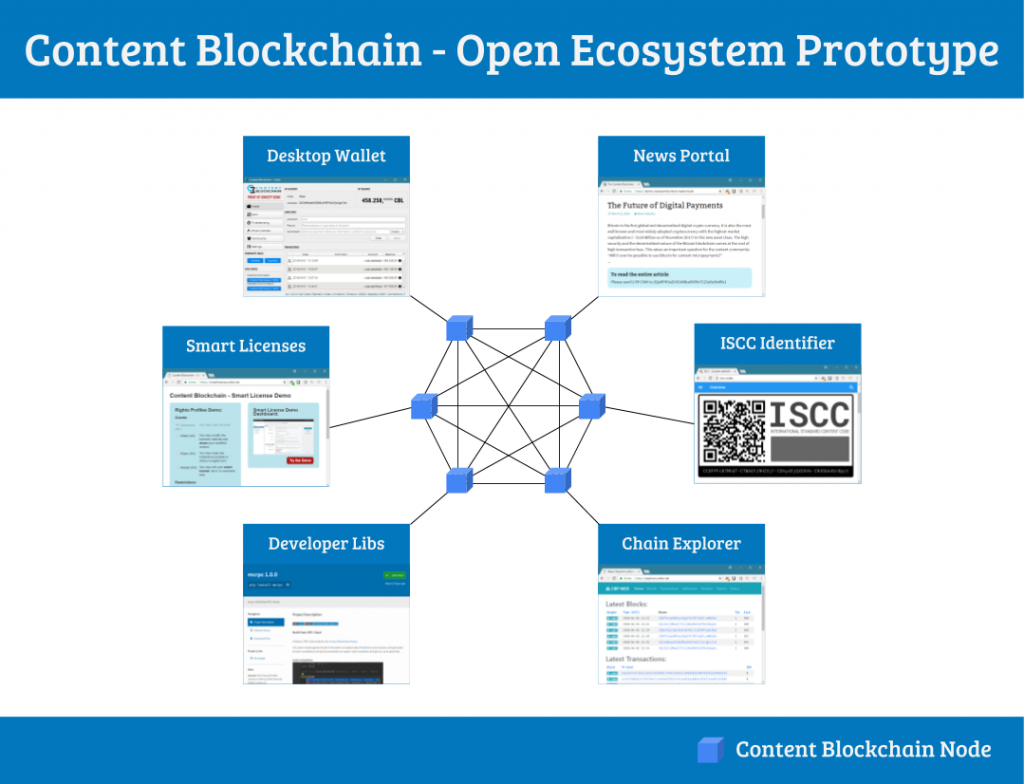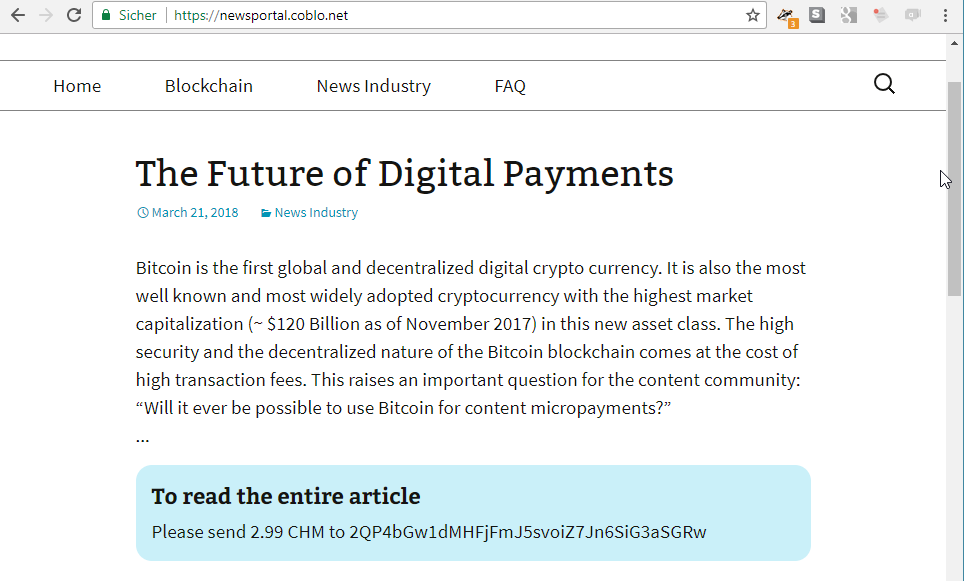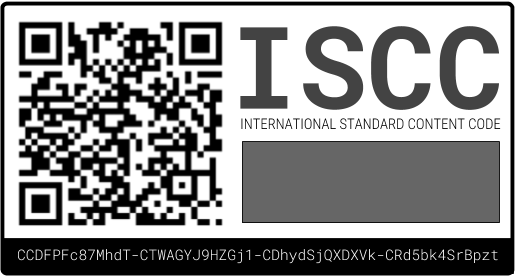Milestone 4 - Status Report
Summary

Elements of the Prototype
The Desktop Wallet

The desktop wallet is the most feature-packed and dense element of our prototype. It allows users to:
- Install and run their own blockchain-node;
- Create an account on the blockchain;
- Test the experimental voting-based consensus;
- Send and receive native blockchain coins;
- Timestamp content on the blockchain.
Besides many smaller enhancements and changes we added the following new and essential features with our 4th milestone release:
- Create and register ISCCs for text and images, search for ISCCs on the (testnet) blockchain;
- Send and receive smart license tokens;
- Add private or public comments to transactions.
News Portal
This demo was built as a WordPress Plugin to demonstrate a blockchain-backed real-time paywall. It implements a simple “pay directly for access” solution with no middlemen involved.


Users can use our desktop wallet to pay for an article and have it unlocked immediately. No registration or sign up required!
The right to access the content is expressed in the on chain payment to a specific address. The one-time payment addresses for the articles are generated by the wordpress plugin per article and per visitor accessing the blog. This way, the payment address becomes the payment reference. The link between payment address and content is private to the blog and the customer in this demo. This ensures that nobody can deduce from the public on-chain transaction for what content the payment was made.
ISCC Identifier

Chain Explorer

Smart Licenses

For milestone 4 we have researched, documented and implemented 3 rudimentary license transaction models:
- Chain Payment – License activated by customer on chain payment
- Chain Attestation – License activated by publisher attestation
- Chain Tokenization – License activated by token ownership
The Smart License Web Application demonstrates:
- Creation and registration of ISCCs codes for content
- Creation and registration of Smart Licenses for content
- Attestation of Smart Licenses
- Transfer of Smart License tokens
Developer Libs
We have implemented and published stable v1.0.0 developer libraries for the creation of ISCC identifiers in the programming languages Python and Go. We also developed and released a comprehensive RPC Client library for interfacing with the nodes of the content blockchain. It is used in our desktop wallet, smart license, and chain explorer demos.
The Blockchain Network
The network is the center and backbone of all other elements. Each element is built independently and connects to the network through its own instance of a blockchain full node. For the prototype all elements where built by the Content Blockchain Project. But it is important to be aware of the fact that due to the nature of blockchains, all these elements could have been built independently by various ecosystem participants without central coordination.
Together with milestone 4 we launched our second test network running on the latest alpha release of MultiChain 2.0. The new test network comes with many enhancements that are essential to the project:
- Publishing JSON data to streams;
- Multi-Key indexing of streams;
- Voting based chain protocol updates.
Links and References
Demos
- Desktop Wallet: https://github.com/coblo/gui-demo/releases
- News Portal: https://newsportal.coblo.net
- Smart Licenses: https://smartlicense.coblo.net
- Chain Explorer: https://explorer.coblo.net
New research articles and blog posts
- We added German translations of our existing articles
- Transactions on the Content Blockchain
- What is a Smart License
- Content Identification on the Content Blockchain
- Testing different image hash functions
Specs & Docs
- ISCC Spec: http://iscc.codes/specification
- ISCC Registration: https://coblo.github.io/cips/cip-0003-iscc
- Smart Licenses: https://coblo.github.io/cips/cip-0004-smartlicense
Open Source Code
- Desktop Wallet: https://github.com/coblo/gui-demo
- News Portal: https://github.com/coblo/wordpress-payment-plugin
- Chain Explorer: https://github.com/coblo/mex
- Smart License: https://github.com/coblo/smartlicense
- ISCC Identifier:
- RPC Client: https://github.com/coblo/mcrpc
